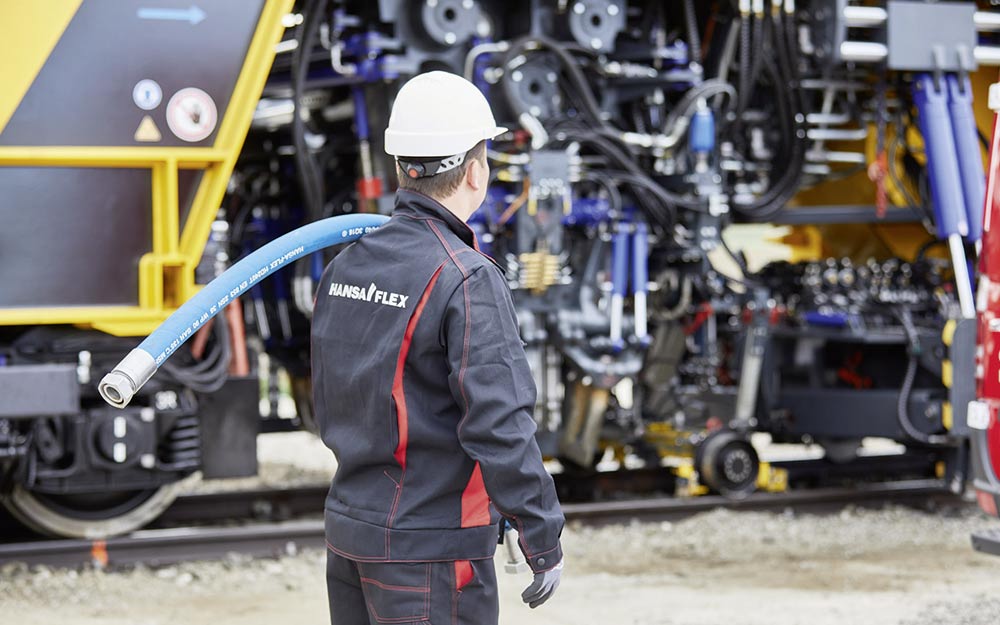
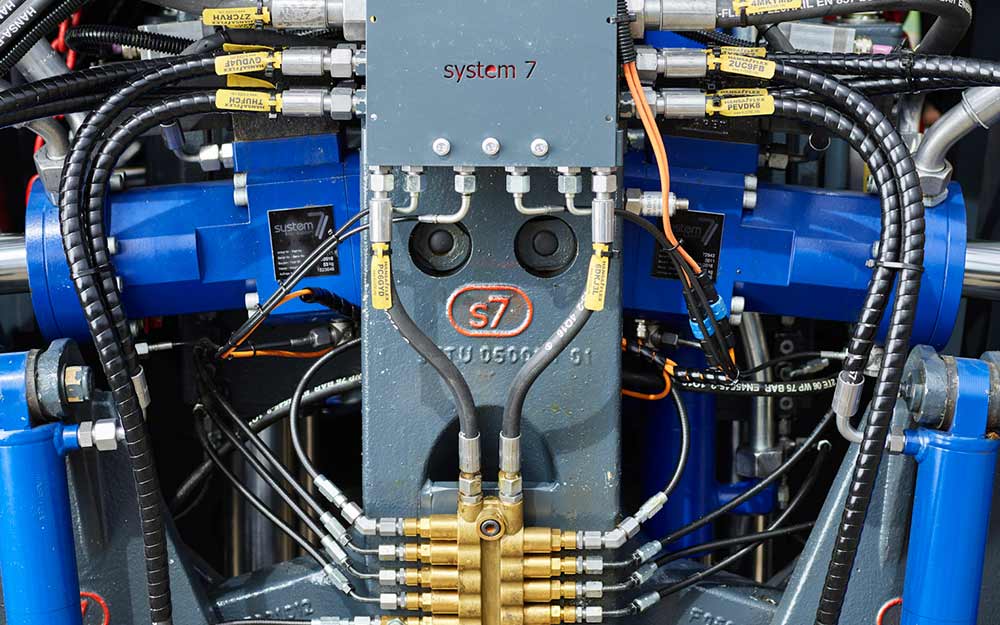
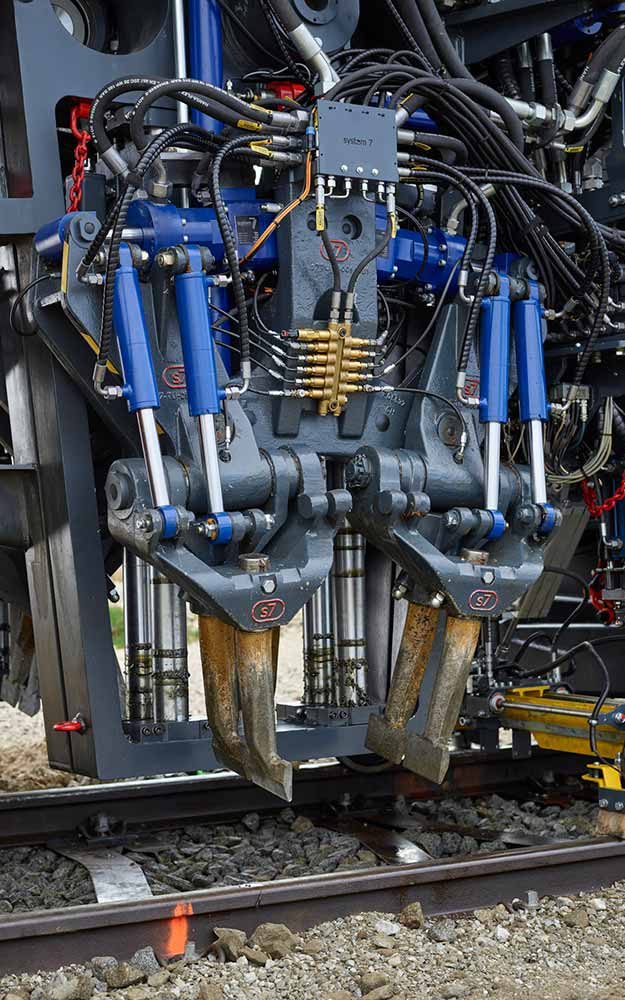
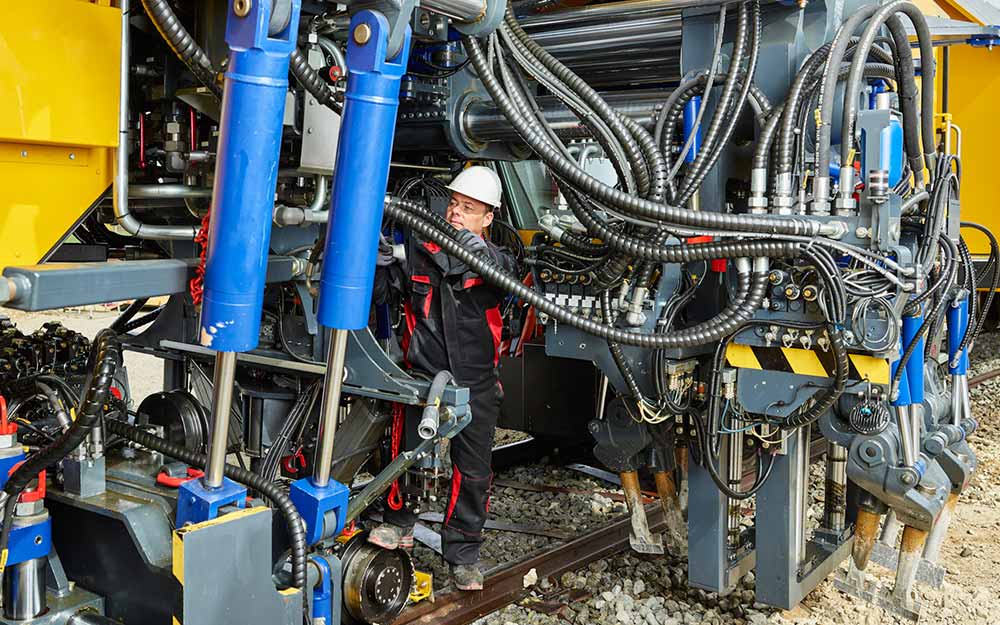
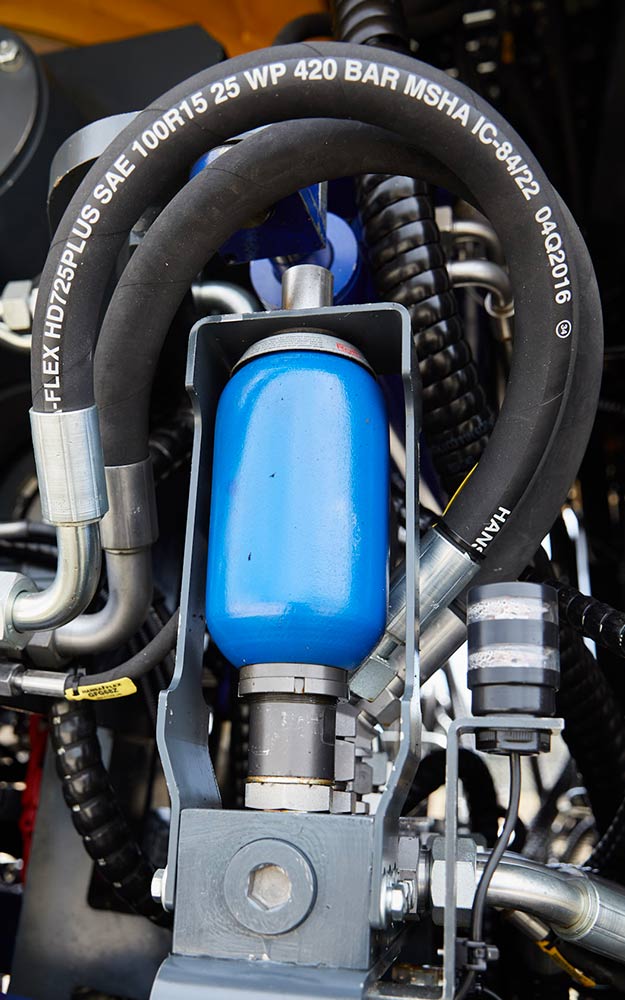
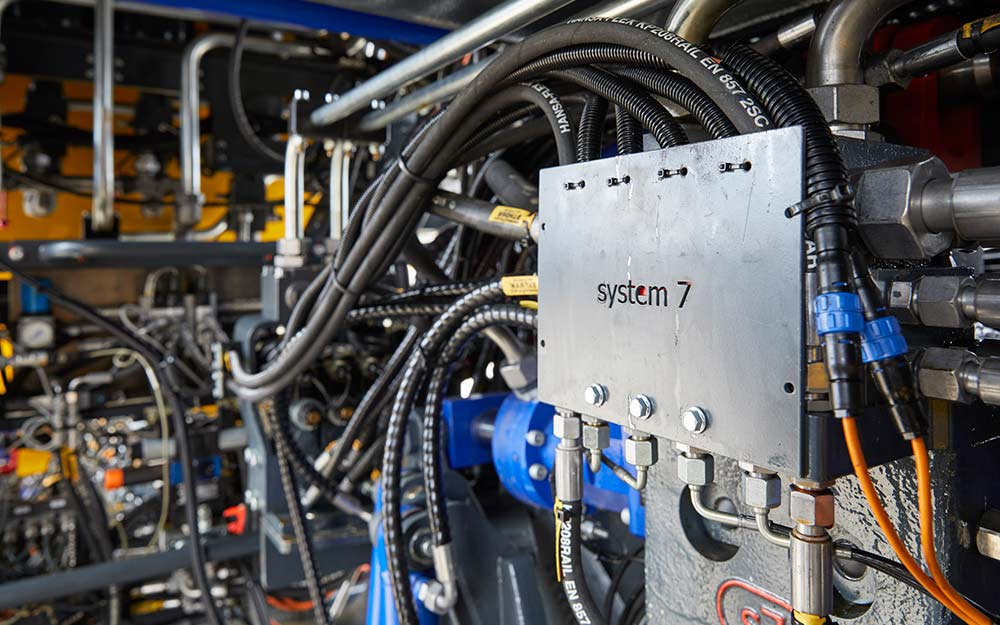
Do you have any questions about our services and products? Or do you need help?
Sundays and public holidays are excluded
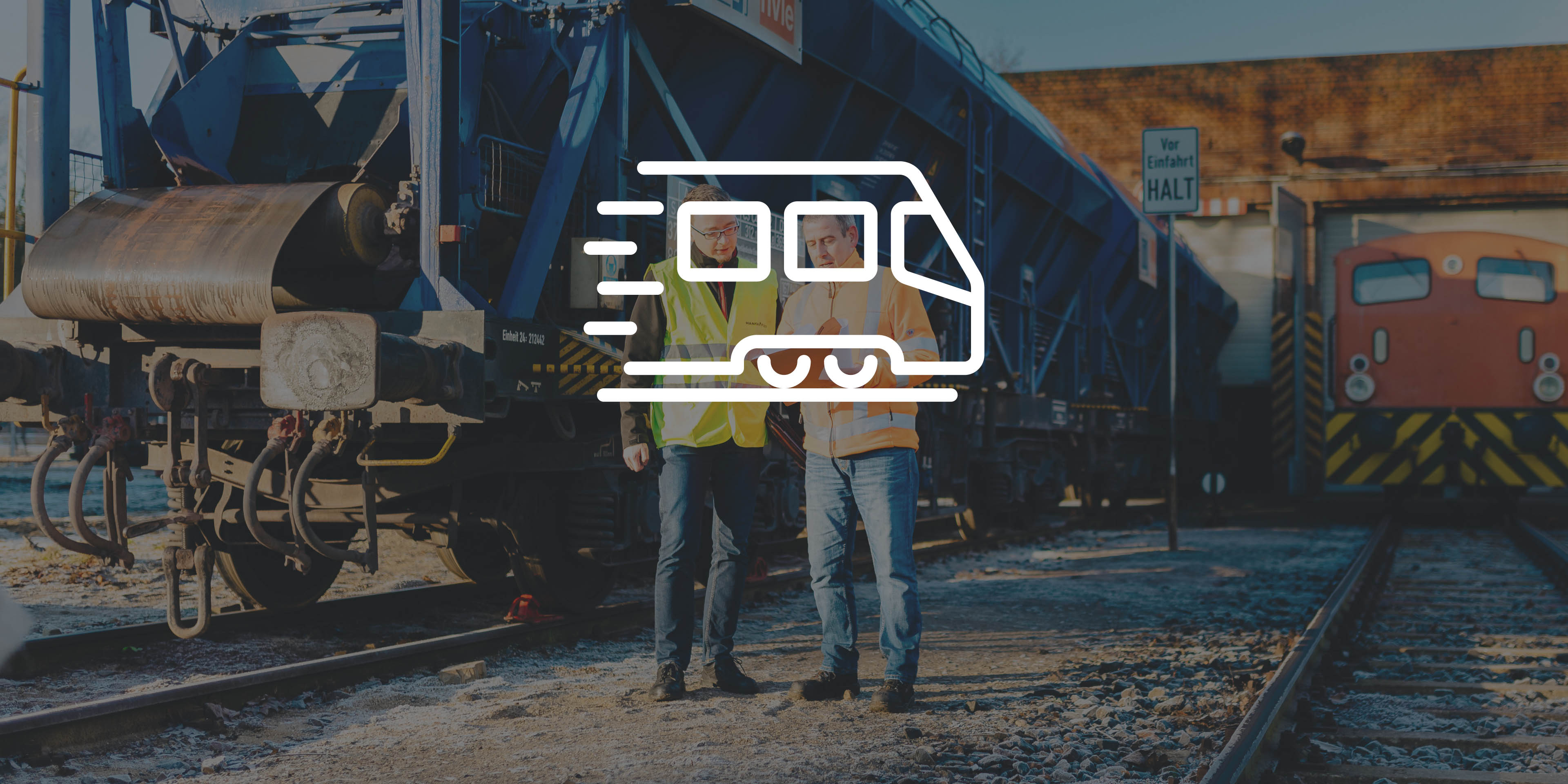
The mobility of the future cannot be implemented without the transport of people and goods by rail. HANSA‑FLEX's experienced staff are familiar with the relevant standards and provide comprehensive support from product selection to rapid repairs on the track. Find out which companies already rely on HANSA‑FLEX fluid components and expertise and how they benefit from a system partnership.
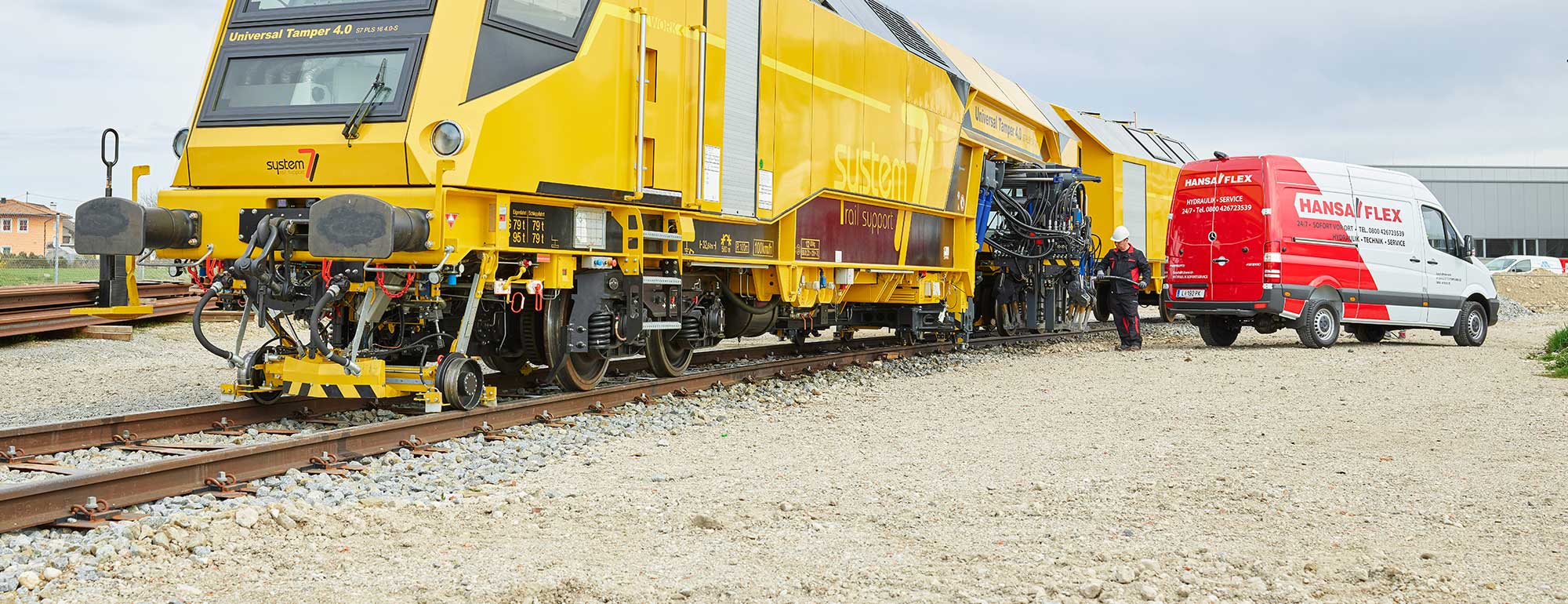
The track construction machine manufacturer system7 eliminates the disadvantages of conventional machines for track and track bed maintenance with a fully hydraulic drive. As a system partner, HANSA-FLEX not only supplied all the hydraulic hose lines.







HANSA-FLEX is a partner of Stadler Deutschland GmbH in the integration of air-conditioning lines in the first air-conditioned S-Bahn trains for the Berlin/Brandenburg region.
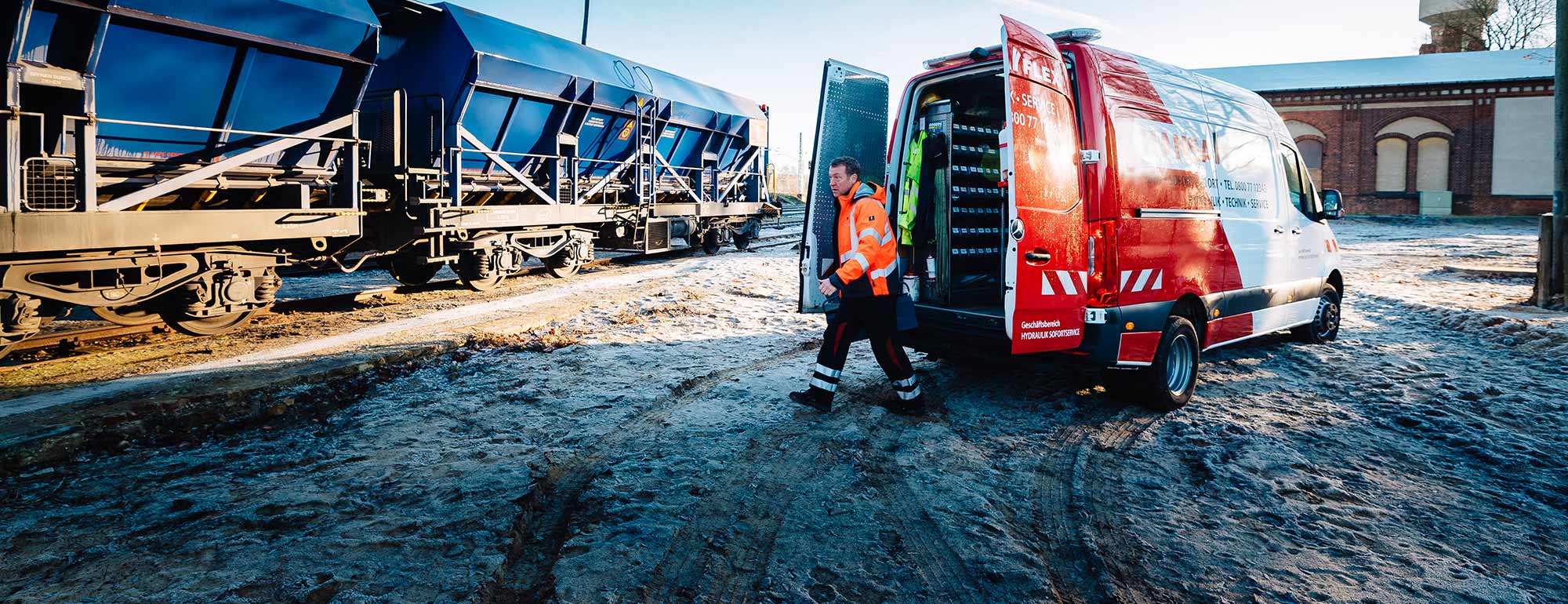
For the self-discharging freight train of Havelländische Eisenbahn AG (HVLE), the driving force is a complex hydraulic system serviced by HANSA-FLEX.

The Austrian track construction machine manufacturer system7 eliminates the disadvantages of conventional machines for track and track bed maintenance with a fully hydraulic drive. HANSA-FLEX is on hand as a hydraulic system partner.